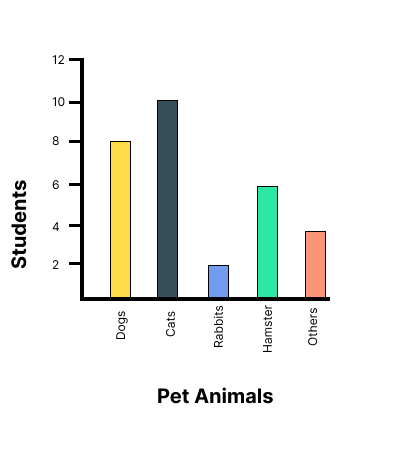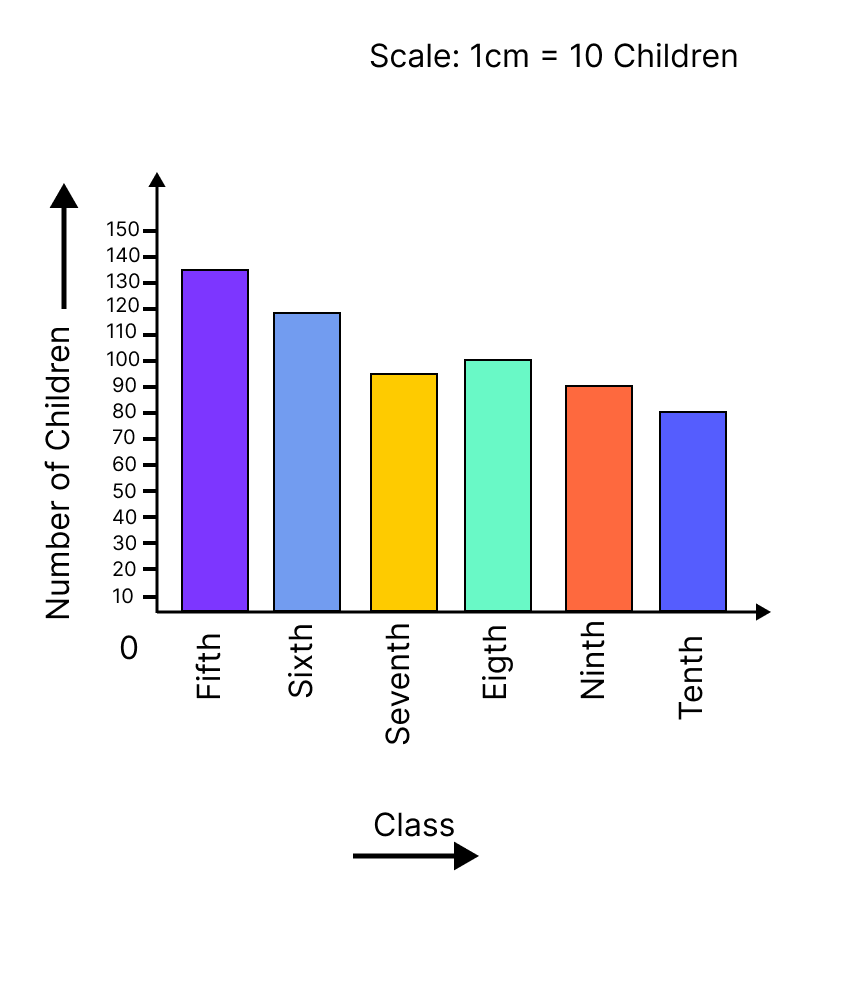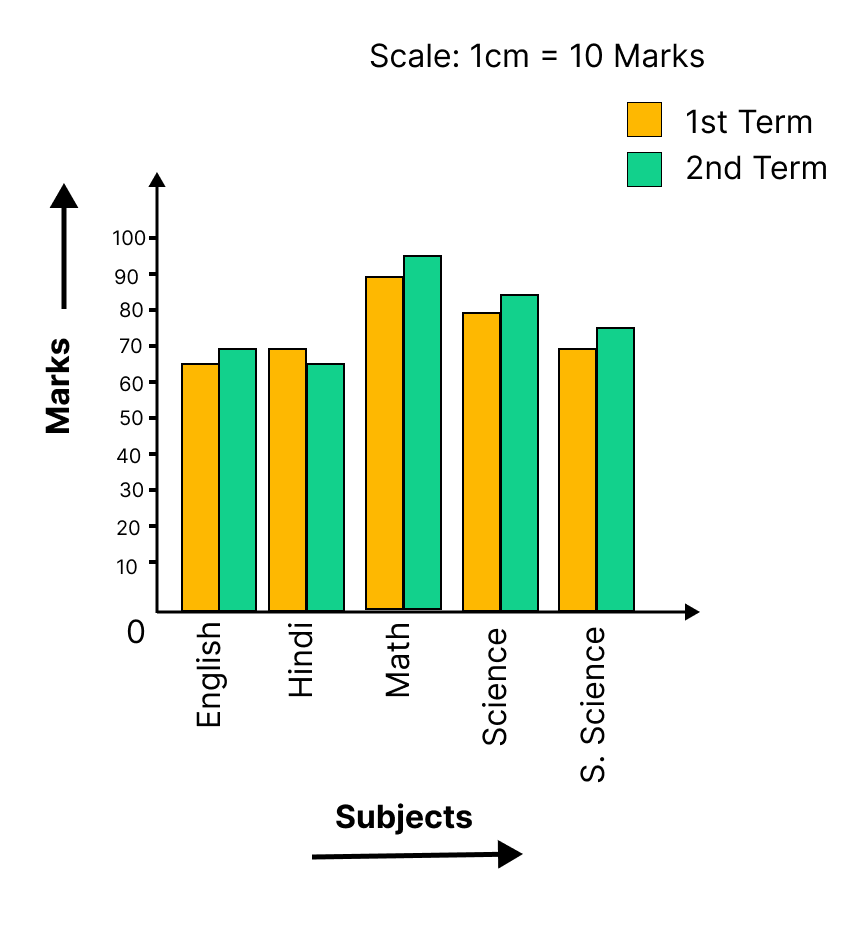NCERT Maths Chapter 3 Data Handling Class 7 Solutions - FREE PDF Download
FAQs on NCERT Solutions for Class 7 Maths Chapter 3 Data Handling
1. Why should we learn all the concepts present in NCERT Solutions for Class 7 Maths Chapter 3?
The concepts described in Chapter Data Handling explain the fundamentals required to collect, analyze and understand data. Learning the concepts of data handling can enable students to make sense out of large amounts of data and also provide them with appropriate tools to organize and represent data in a meaningful way.
2. How many exercises are there in NCERT Solutions for Class 7 Maths Chapter 3?
There are four exercises in total, including Exercise 3.1- nine sums ( five short and four long answers), Exercise 3.2- five sums( two short and three long types), Exercise 3.3- six sums (three short and three long types) and Exercise 3.4- four sums (two short and two long types).
Solutions for all the chapters are written in an easy to understand language by subject matter experts. Vedantu’s NCERT Solutions for Class 7 Maths Data Handling will not only help students understand the concept but also help understand the syllabus and exam pattern.
3. Do I need to practise all questions provided in NCERT Solutions Class 7 Maths Data Handling?
Yes. Each question is designed in a way that will help students in understanding the fundamental concepts better and enable them to solve various kinds of problems related to data handling. It will strengthen the basics of the students in the topic so they can easily solve difficult problems and score better in exams.
4. What is Data Handling in Maths Class 7?
The chapter on Data Handling in Maths Class 7 introduces students to different methods of data collection and describes the various steps involved in collecting, analyzing, and evaluating data. It also teaches students the different forms of representing data like graphs, pie charts, etc., and helps them in understanding the basics of organizing data in a meaningful way.
5. How do you teach Data Handling to Grade 7?
To teach a topic like data handling to 7th grade, a gradual approach is essential so that students with different learning paces can understand the basics and can apply them in problem-solving. Solving exercise questions can help with that. Vedantu provides clear and detailed solutions to NCERT exercise questions so that students can understand the concepts and master the fundamentals and apply them to solve any questions confidently.
6. What topics are covered in Class 7 Chapter 3 Maths?
Class 7 Chapter 3 Maths, titled "Data Handling," covers the following topics:
Data collection and organization
Frequency distribution tables
Mean, median, and mode
Bar graphs, double bar graphs, and pie charts
7. What is data handling as per NCERT Class 7 Maths Chapter 3?
As per NCERT Class 7 Maths Chapter 3, Data handling involves collecting, organizing, and interpreting data to make meaningful inferences. It includes creating frequency tables, calculating measures of central tendency (mean, median, mode), and representing data graphically using bar graphs and pie charts.
8. How is data organized in Chapter 3 Class 7 Maths?
Data is organized in a frequency distribution table. This table lists data points and their corresponding frequencies, helping to organize data systematically and making it easier to interpret.
9. What is a bar graph, and how is it used in Chapter 3 Class 7 Maths?
A bar graph is a graphical representation of data using rectangular bars. Each bar's height or length represents the frequency or value of a data category. Bar graphs are used to visually compare different categories of data.
10. What is the significance of double bar graphs in Class 7 Maths Chapter 3 Solutions PDF?
Double bar graphs are used to compare two sets of data side by side. Each category is represented by two bars, often of different colours, allowing for a clear comparison between the data sets.





























